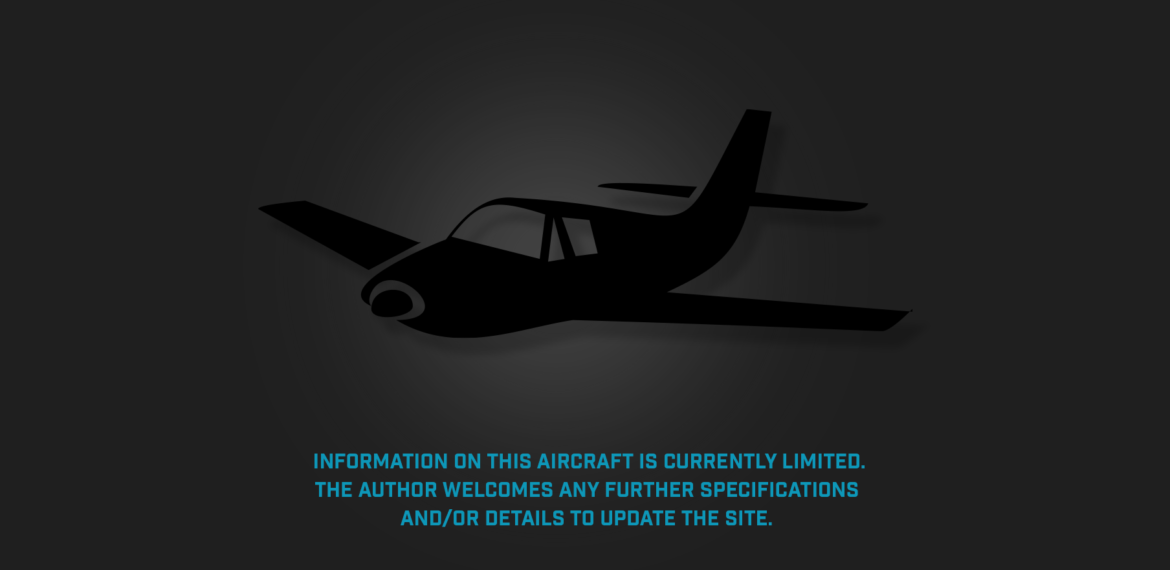Photograph:
(Photograph not yet available)
Country of origin:
Australia
Description:
Two-seat training monoplane
Power Plant:
One 108 kw (145 hp) de Havilland Gipsy Major I four-cylinder in-line inverted air-cooled engine
Specifications:
- Wingspan: 10.97 m (36 ft)
- Length: 8.07 m (26 ft 5 in)
- Height: 1.64 m (5 ft 4 in)
- Wing area: 16.81 m² (181 sq ft)
- Max speed: 225 km/h (140 mph)
- Cruising speed: 185 km/h (115 mph)
- Loaded weight: 998 kg (2,200 lb)
History:
The TWA-3 was designed and built for submission to the Australian Government to meet a requirement of the RAAF for a training aircraft to meet the Australian commitment for pilots at the beginning of World War II. It was developed from the TWA-4, which was a three-seat aircraft built specifically for Sydney businessman and aviation identity Mr Joseph Palmer.
Wilfred Kingsford Smith became involved in the aircraft project and sought to have three variants built, known as the TWA-3, to be used as primary trainers using Gipsy Major engines, this engine being placed in production by General Motors Holden. Work proceeded on building a prototype but by May 1940 it was still not complete. By that time the RAAF was already committed to the DH.82 Tiger Moth, which was produced in large numbers at Bankstown, NSW. It is considered unlikely the Government would have required the development of another trainer, although work was proceeding on producing the CAC Wackett for training duties at about that time.
During World War II the DH.94 Moth Minor and the Avro Cadet were also obtained for training purposes. At that time the hangar at Mascot where the TWA-3 aircraft was being constructed and was in storage incomplete, was required for RAAF maintenance work and the TWA-3 prototype was moved outside into the open where it was abandoned, deteriorated and broken up.

